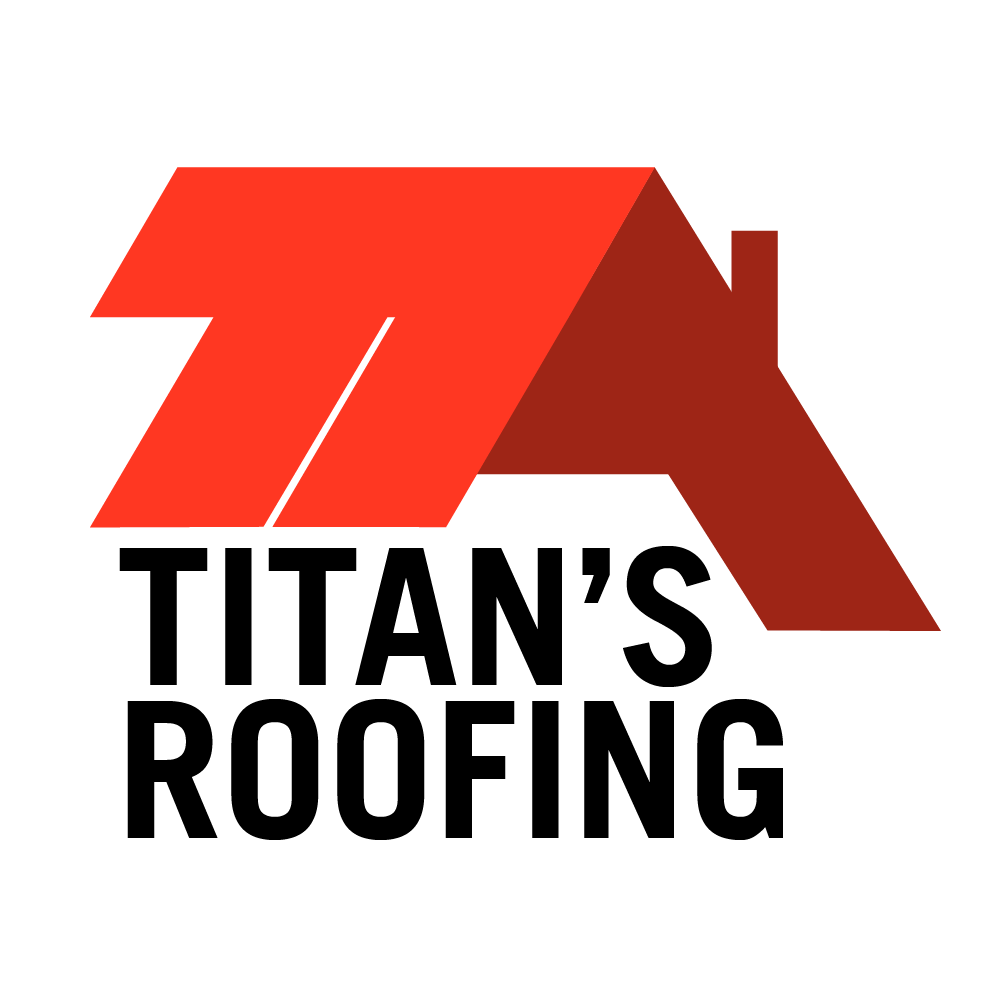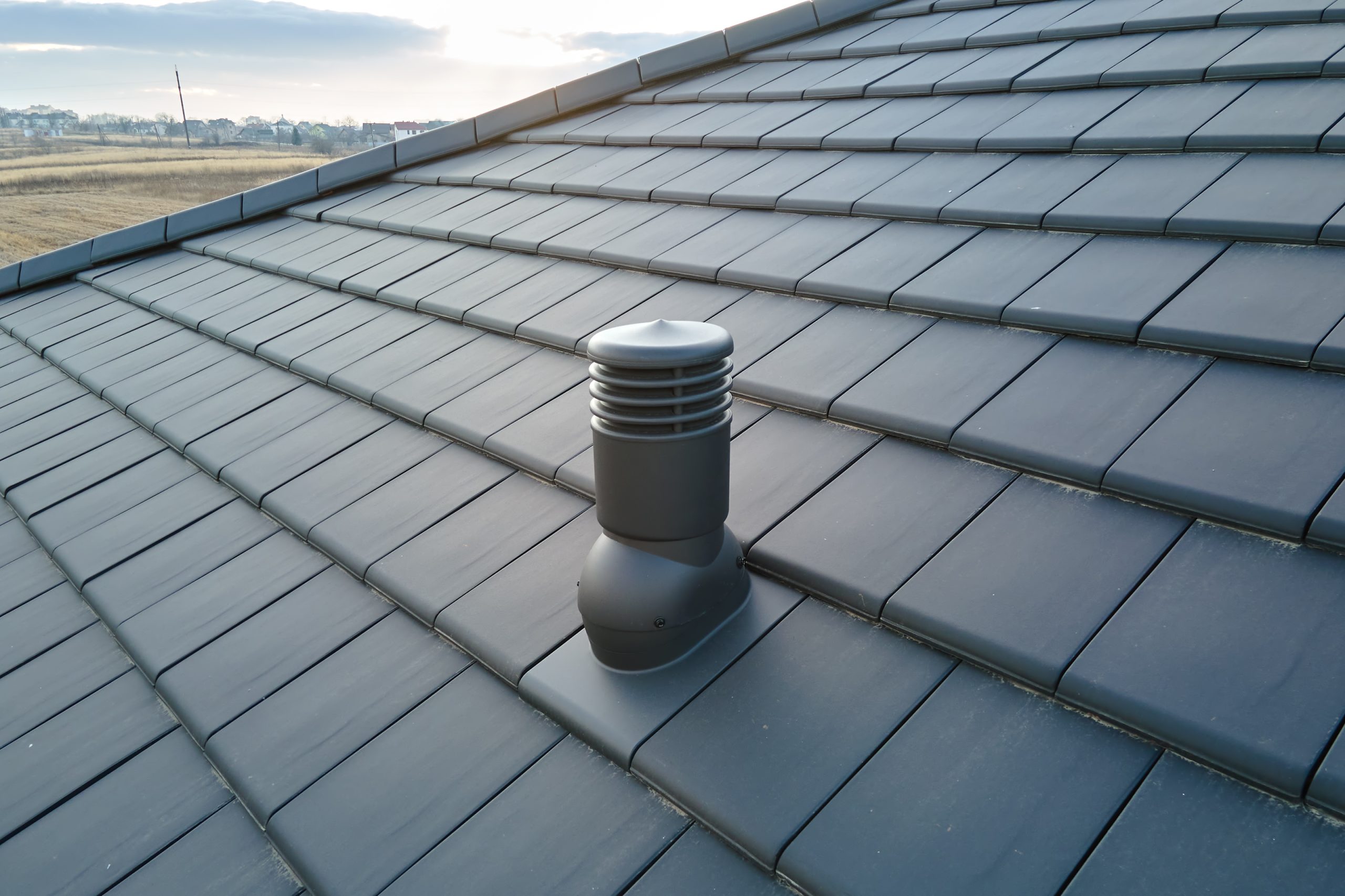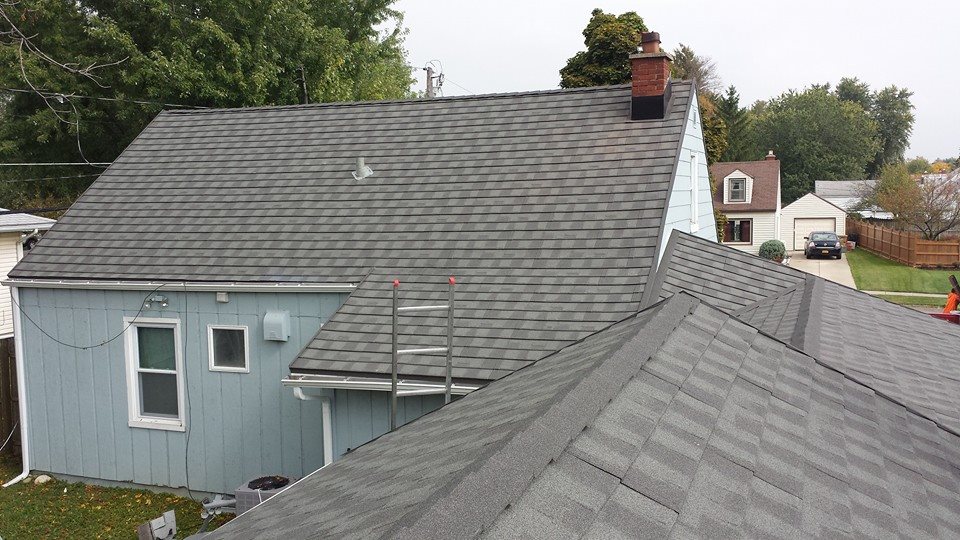As Spring makes it’s slow descent to Western New York, take advantage of the opportunity to do some maintenance outside your home. Tasks like de-cluttering your garage, sprucing up your landscape, and washing your cars may come to mind, but what about your roof. After a long winter, your roof can be left looking a little worse for wear. Frigid winds, snow, ice, and repeat freeze/thaw cycles can take a toll on your shingle roof leaving your home at risk. Now is a great time to inspect your roof and determine what needs to be done to get it back in great condition. If you catch problems right away, repairs will stay minimal. However, wait too long and these small repairs will amount to large problems.
Here Is Your Spring Checklist For Your Shingle Roof:
[one_fifth]

[/one_fifth][four_fifth_last]
Exterior Maintenance: Shingles and Flashing
If you are examining the exterior of your roof, you don’t have to climb onto your roof. Walk outside and give your roof a visual checkup from the ground. Use binoculars for a better view if necessary. Scan the rooftop for dark patches of bare, broken, or missing shingles. Then check for gaps or damage to the flashing in valleys, along the roof edge, and around skylights and chimneys. Flashing provides a watertight seal which prevents water from entering your home. If damaged, inspect the inside of your home for any water damage. If you notice any problems with your roof, call a professional to make repairs.
[/four_fifth_last][one_fifth]

[/one_fifth][four_fifth_last]
Interior Maintenance: Water Intrusions
Even the most minor of roof wear and tear can put your home at risk. Leaks can ruin your attic insulation, and delay roof decking, rafters, and other structural components. They also facilitate the growth of mold and mildew and stain your drywall and paint. To find evidence of leaks, examine the ceilings and exterior walls of your home for water stains. Then check the attic for daylight shining through the roof sheathing, signs of dripping water, fresh or dried water stains on wood, and damp or mildewed insulation. If you see water stains, black marks, or mold or you smell mildew, call a professional roofer to pinpoint the exact cause of the damage and make necessary repairs.
[/four_fifth_last][one_fifth]

[/one_fifth][four_fifth_last]
Gutters
When gutters are clogged, they can be a huge issue for your roof. Backed-up, overflowing rainwater from clogged or poorly-functioning gutters can decay the fascia and damage your siding, shingles, and roof decking. Spring brings other challenges with its unpredictabel rainstorms. Be prepared by cleaning out any debris that collected in the troughs. Using a ladder, clean out any debris with gloves and a bucket. Then run a hose through your gutters and down the downspouts to make sure they are free of debris. While cleaning, look for any signs of damage. Damaged gutters should be replaced or repaired right away to prevent further problems.
[/four_fifth_last][one_fifth]

[/one_fifth][four_fifth_last]
Professional Inspection
Prevent headaches and keep damage to a minimum by calling in the professionals. When your roof is showing any signs of abnormality, such as broken or missing tiles, exposed nails, trees or shrubs scraping the shingles, or dried out roof tars that no longer seal around vents and flashings, your roofing system is open and primed for insect or vermin invasion and leaks. Early detection is the key to detecting faults and weaknesses that lead to larger problems down the road, both exterior and interior. A professional inspection will not only tell you your roof’s current condition, but they will also provide an estimate for needed maintenance or repairs.
[/four_fifth_last]



